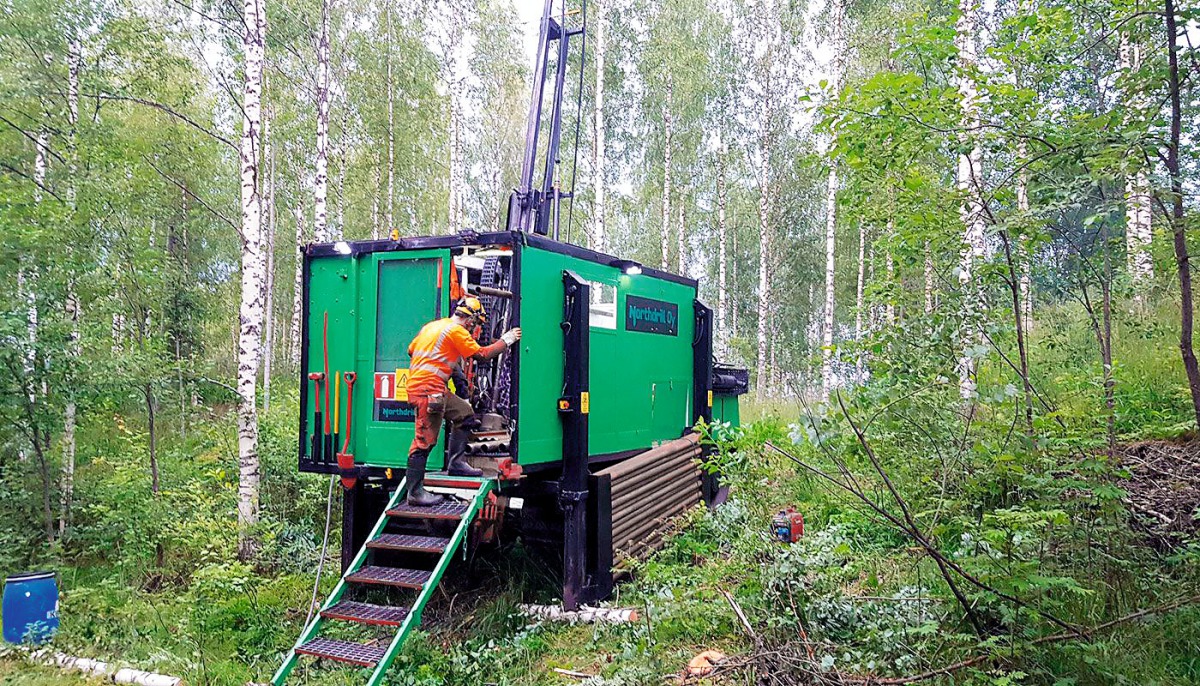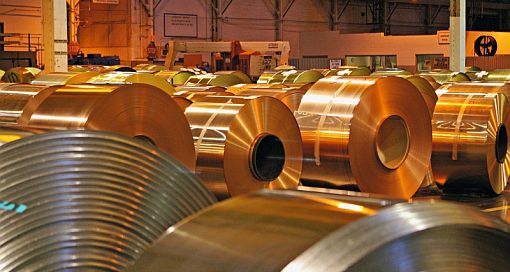Southern Hemisphere Mining: One of the next long-lasting copper mines in the World
07.06.2023Chile is the world's largest copper producer, with most of the production coming from porphyry deposits. Southern Hemisphere Mining is already undertaking development works on three such deposits and is actively looking for more. The Australians have a promising asset in the form of the Llahuin copper-gold project, which promises a long-lived mine.
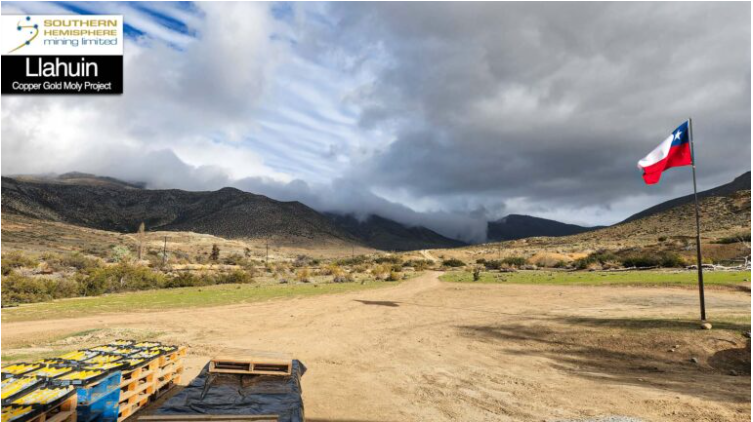 1 Llahuin copper-gold project
1 Llahuin copper-gold project
© Southern Hemisphere Mining
Escondida is the largest copper mine in the world. There alone, owners BHP and Rio Tinto mine more than 1 million t of red metal per year. By 2027, production is expected to increase by a further 12 %.
The demand for copper is increasing dramatically. In many industrialised countries, much infrastructure is slated for modernisation. In addition, there is demand from the field of electric cars. An electrically powered vehicle needs about three to four times as much copper as one with an internal combustion engine – and the power infrastructure needs to be massively expanded. Analysts predict that demand will increase by about a quarter by the end of the decade – from today's 24 million t/a to more than 32 million t by 2030. So the world needs eight "new Escondidas".
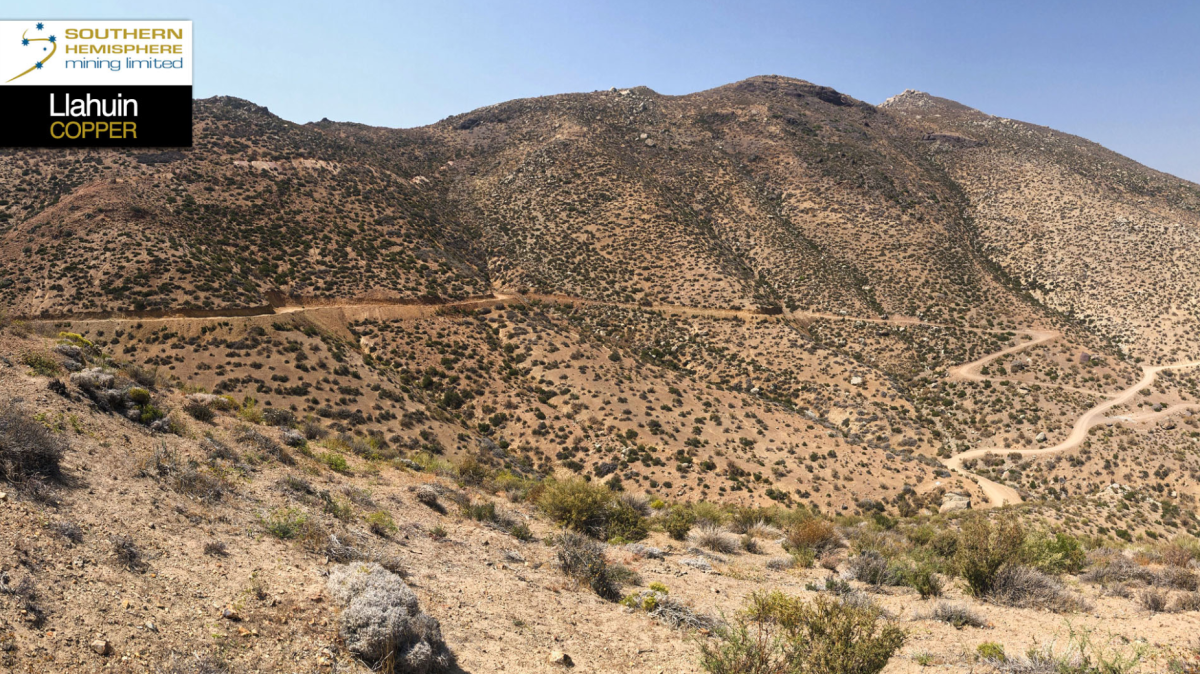 2 The Llahuin project is located in a copper district, where there is already another find with El Espino
2 The Llahuin project is located in a copper district, where there is already another find with El Espino
© Southern Hemisphere Mining
Whether the Llahuin P project will become a new Escondida is not known today. However, the fact is that Southern Hemisphere Mining has secured a promising project with the copper deposit. Llahuin currently has mineral resources amounting to 169 million t grading 0.4 % copper equivalent. More than 90 % of these resources fall into the higher category of M&I. No further exploration work is required here. However, the Company's goal is to increase the resource to 300 million t of ore and then publish a prefeasibility study for the entire project.
The potential of the property has not been fully exploited by the exploration to date. To achieve the target of 300 million t, Southern Hemisphere Mining intends to pursue further exploration within the context of the project. Cerro Ferro and the Southern Porphory-Porphyr are two promising areas which have already been identified, and are now set to be drilled. In addition, copper grades increase with depth, and further drilling in this area could add additional copper to the Company's holdings.
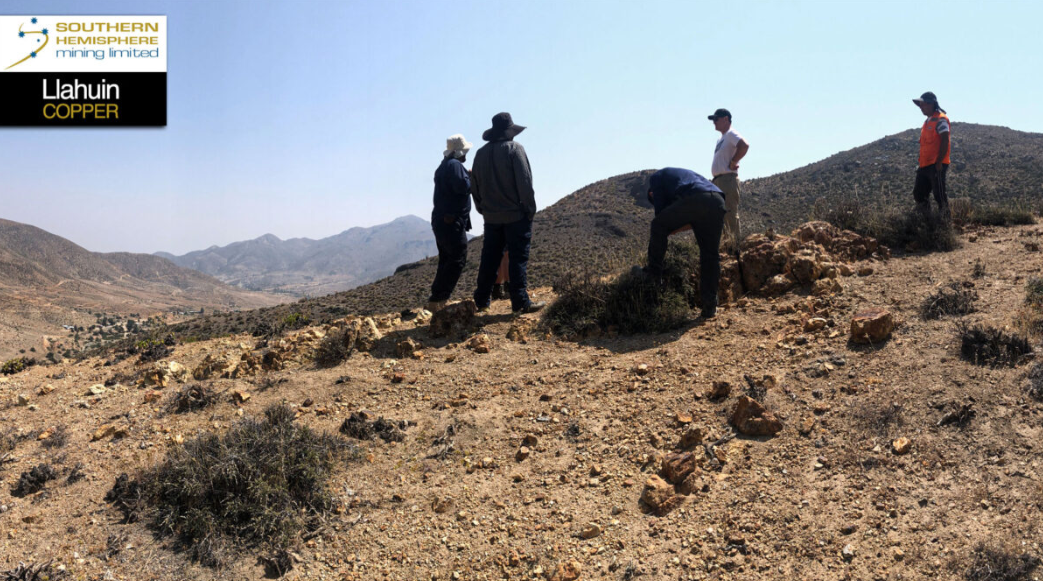 3 Llahuin currently has mineral resources amounting to 169 million t grading 0.4 % copper equivalent
3 Llahuin currently has mineral resources amounting to 169 million t grading 0.4 % copper equivalent
© Southern Hemisphere Mining
Southern Hemisphere Mining benefits from the fact that as the deposit lies at about 1500 m, it is relatively low by Chilean standards. Many mines are located in the country at an altitude of 3000 or even 4000 m. The resource starts directly on the surface, so that the material can be mined here via cost-effective open pit mining. Later, underground operations can significantly extend the life of the mine. The conditions are good for an exploration company. The Llahuin project is located in a copper district, where there is already another find with El Espino (distance: 8 km). It's about 20 km to the nearest city: far enough away to avoid problems with licenses and the local population, but close enough to quickly procure the necessary materials and hire local workers.
And the next power line is only 10 km away. On the property itself, work can be carried out throughout the year.
Southern Hemisphere Mining is now able to take advantage of these advantages by means of its new drilling. In the long term, a copper mine is to be built here that produces 12 million t/a – ideally over decades. Southern Hemisphere Mining shares are traded both in their home country of Australia and in Germany. Investors' attention to the company's progress is expected to increase in the coming months. On the one hand, through higher copper prices and, on the other hand, through drilling to increase the resource.
The Company has also just announced an independently evaluated JORC-compliant mineral resource increase of more than 27.5 % at the Company's 100 % owned Los Pumas Battery Manganese Project in northern Chile. Independent consulting firm Global Commodity Solutions has estimated that the new resource contains 30.26 million t of ore, of which 6.24 % is manganese and 5.74 % aluminium. The Company is now optimistic that the results of the initial testing phase could lead to high-purity manganese sulphate monohydrate (HPMSM) being used in the cathode structure of lithium-ion batteries along with other minerals such as lithium, nickel and cobalt.
As the world moves towards electrification of the vehicle fleet, the CPM Group predicts that demand for manganese will increase tenfold to 3.1 million t/a by 2030. Los Pumas is just a stone's throw from the railway line that runs from La Paz in neighbouring Bolivia to the port city of Arica, just 175 km away. This is a strategic advantage as it represents an easy export route to electric vehicle manufacturing facilities in the United States.

